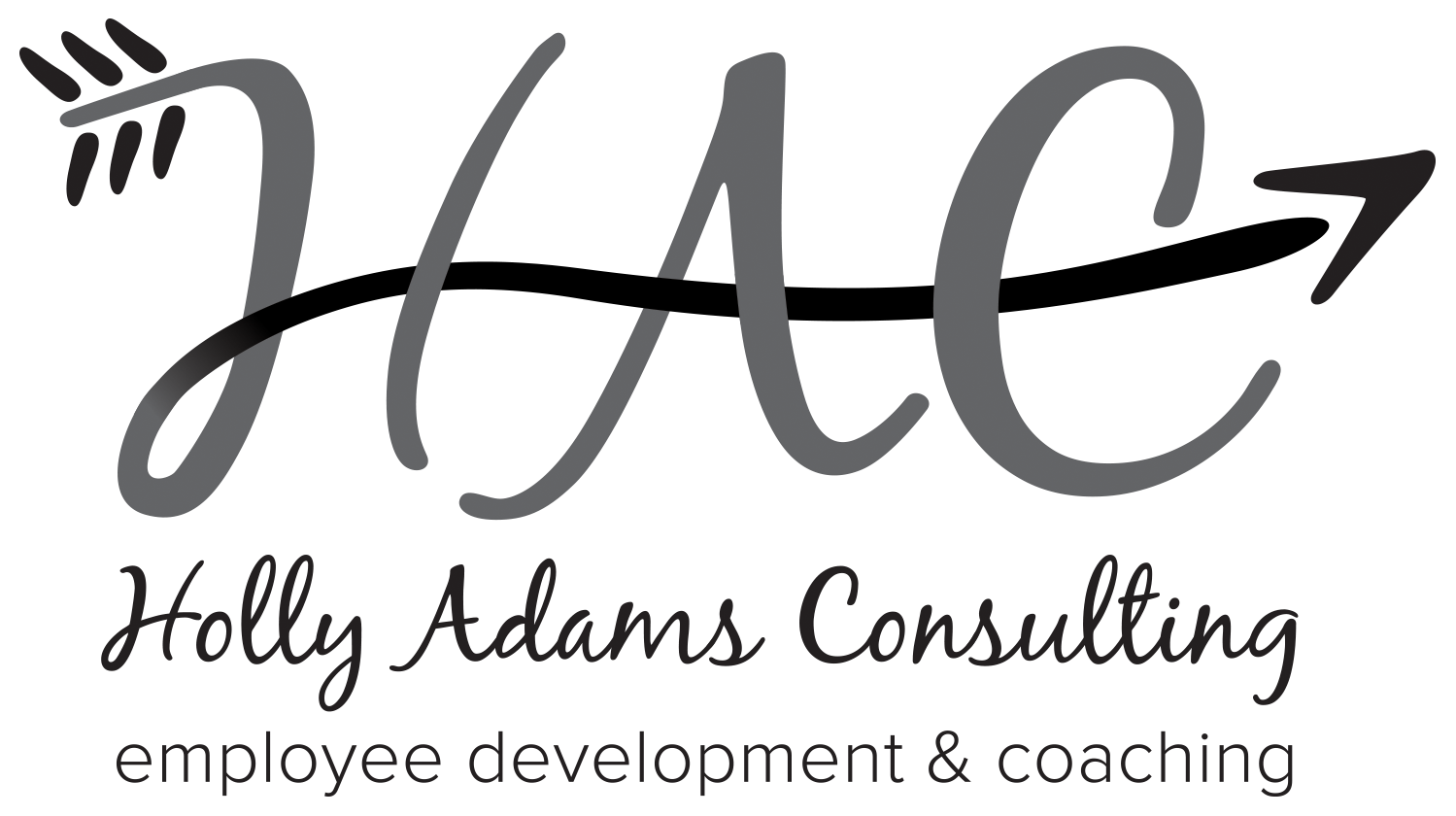I’ve been a part of some fantastic work teams. There is one group, though, that remains my favorite. Not because we were all alike, but because we were so different.
Because my clients hold leadership positions, part of their role is always managing a team. Inevitably, we discuss team dynamics and the impact of different personality types working together. There is no doubt that finding and managing ideal team players is one of the most challenging aspects of being a leader.
Fortunately, I had the experience of working with the best team ever, and so it’s fairly easy for me to describe the four most important components of an ideal team.
• The team included different personality types – think of any assessment and we had each ‘type’ represented. And we knew – and respected – the strengths (and sometimes challenges) of each type.
• We had well-defined roles, but could step in for each other if needed. We were all humble enough to ask for help; one role was not considered more important than any other.
• We had a manager who challenged us, supported us through failures, and encouraged regular learning and development.
• Our leader knew us, personally and professionally. And he knew how to motivate us to serve others in the organization and in the community.
At an event last Saturday, I caught a quick peek at a rowing competition, and I immediately connected Daniel Brown’s explanation of an exceptional rowing team from his book, The Boys in the Boat, to the ability of our manager to put together our ideal team. His beautiful description is below:
The sport offers so many opportunities for suffering and so few opportunities for glory that only the most tenaciously self-reliant and self-motivated are likely to succeed at it. And yet, at the same time–and this is key–no other sport demands and rewards the complete abandonment of the self the way that rowing does. Great crews may have men or women of exceptional talent or strength; they may have outstanding coxswains or stroke oars or bowmen; but they have no stars. The team effort–the perfectly synchronize flow of muscle, oars, boat, and water; the single, whole, unified, and beautiful symphony that a crew in motion becomes–is all that matters. Not the individual, not the self.
Even if they could, few rowing coaches would simply clone their biggest, strongest, smartest, and most capable rowers. Crew races are not won by clones. They are won by crews, and great crews are carefully balanced blends of both physical abilities and personality types. And physical terms, for instance, one rower’s arms might be longer than another’s, but the latter might have a stronger back than the former. Neither is necessarily a better or more valuable oarsmen than the other; both the long arms and a strong back our assets to the boat. But if they are able to row well together, each of these oarsmen must adjust to the needs and capabilities of the other. Each must be prepared to compromise something in the way of optimizing his stroke for the overall benefit of the boat–the shorter-armed man reaching a little farther, the longer-armed man foreshortening his reach just a bit–so that both men’s oars remain parallel and both blades enter and exit the water at precisely the same moment. This highly refined coordination and cooperation must be multiplied out across eight individuals of varying statures and physiques to make the most of each individual’s strengths. Only in this way can the capabilities that come with diversity—lighter, more technical rowers in the bow and stronger, pullers in the middle of the boat, for instance–be turned to advantage rather than disadvantage.
And capitalizing on diversity is perhaps even more important when it comes to the characters of the oarsman. A crew composed entirely of eight amped-up, overtly aggressive oarsmen will often degenerate into a dysfunctional brawl in a boat or exhaust itself in the first leg of a long race. Similarly, a boatload of quiet but strong introverts may never find the common core of fiery resolve that causes the boat to explode past its competitors when all seems lost. Good crews are good blends of personalities: someone to lead the charge, someone to hold something in reserve; someone to pick a fight, someone to make peace; someone to think things through, someone to charge ahead without thinking. Somehow all that must mesh. That’s the steepest challenge.
What are the characteristics of your ideal team?
https://www.linkedin.com/in/holly-adams-54b1b914/
https://www.facebook.com/HollyAdamsConsulting/



